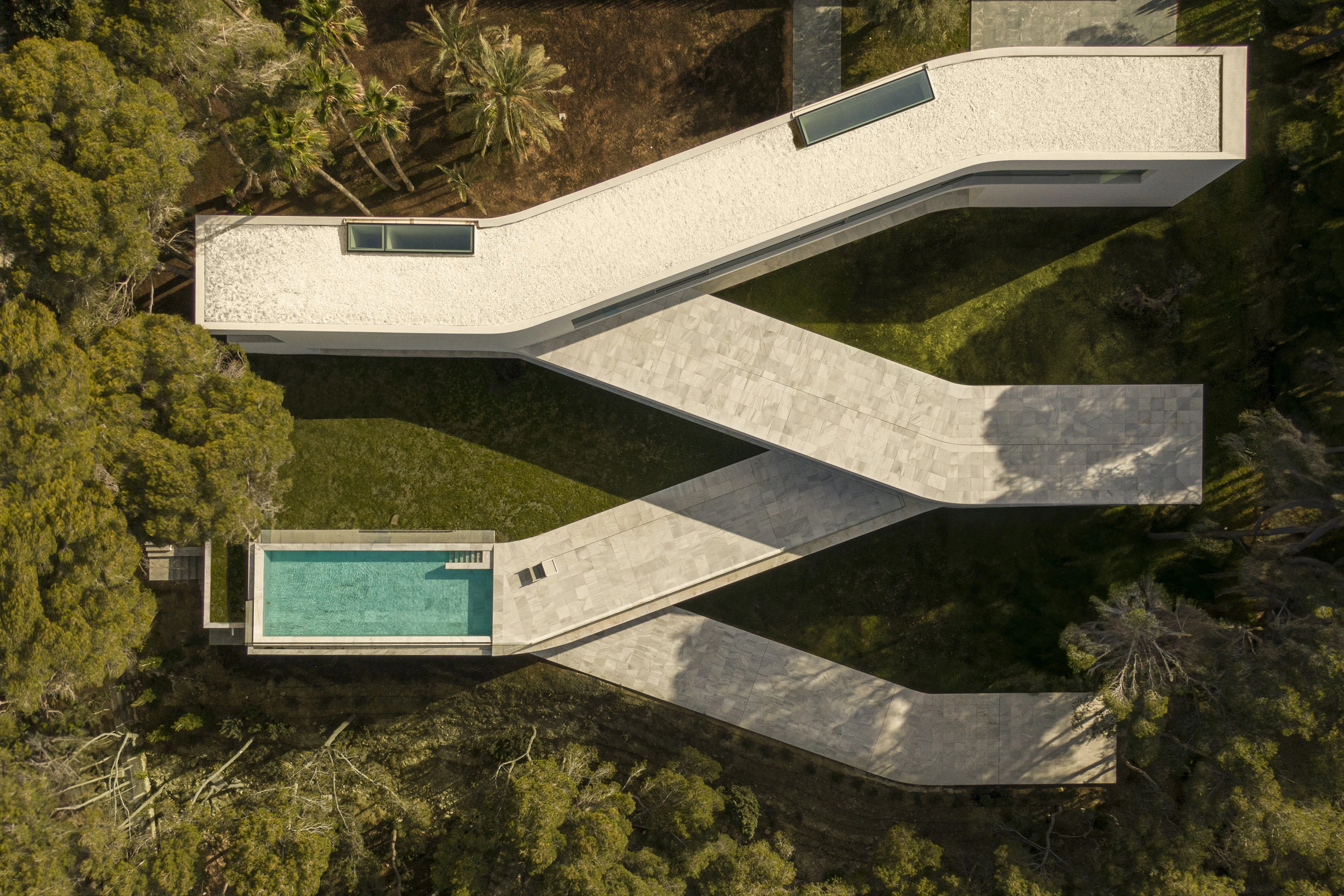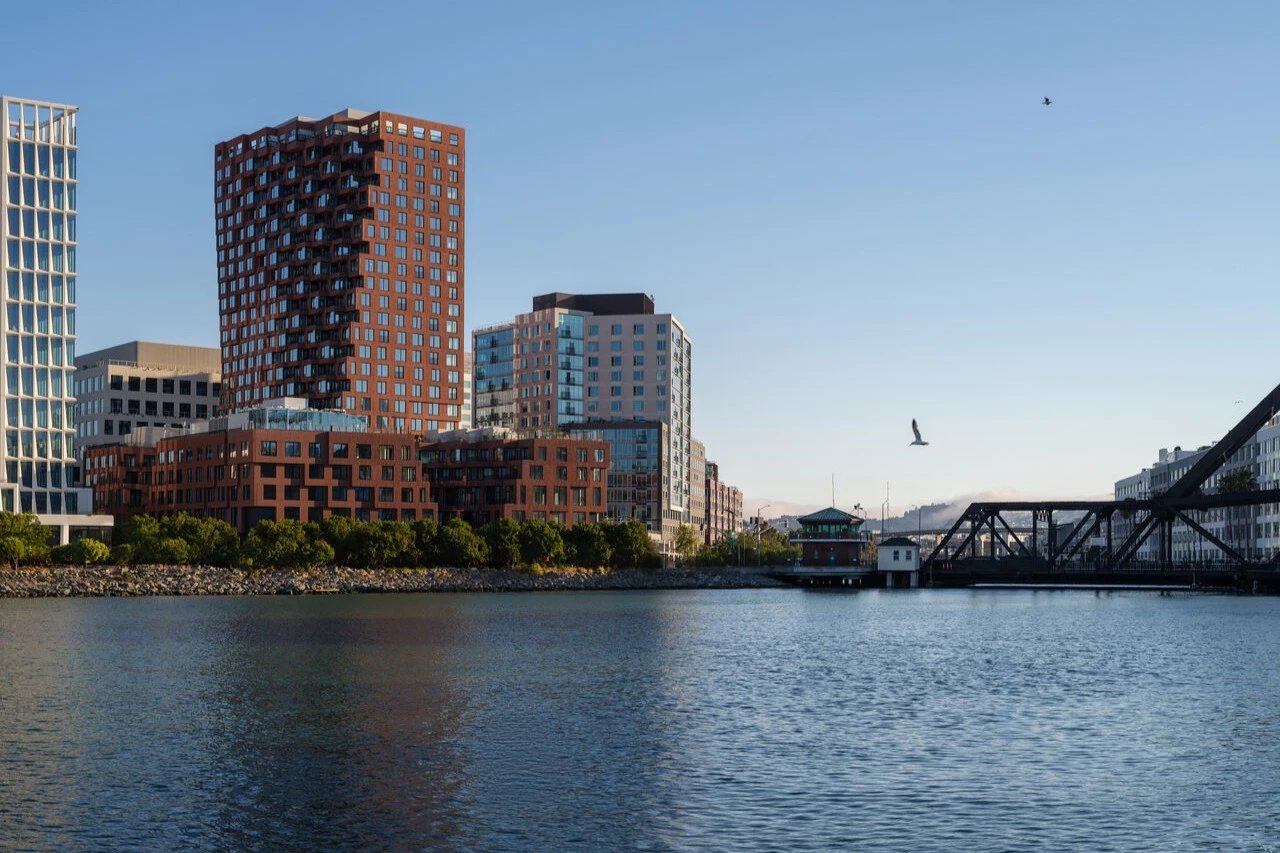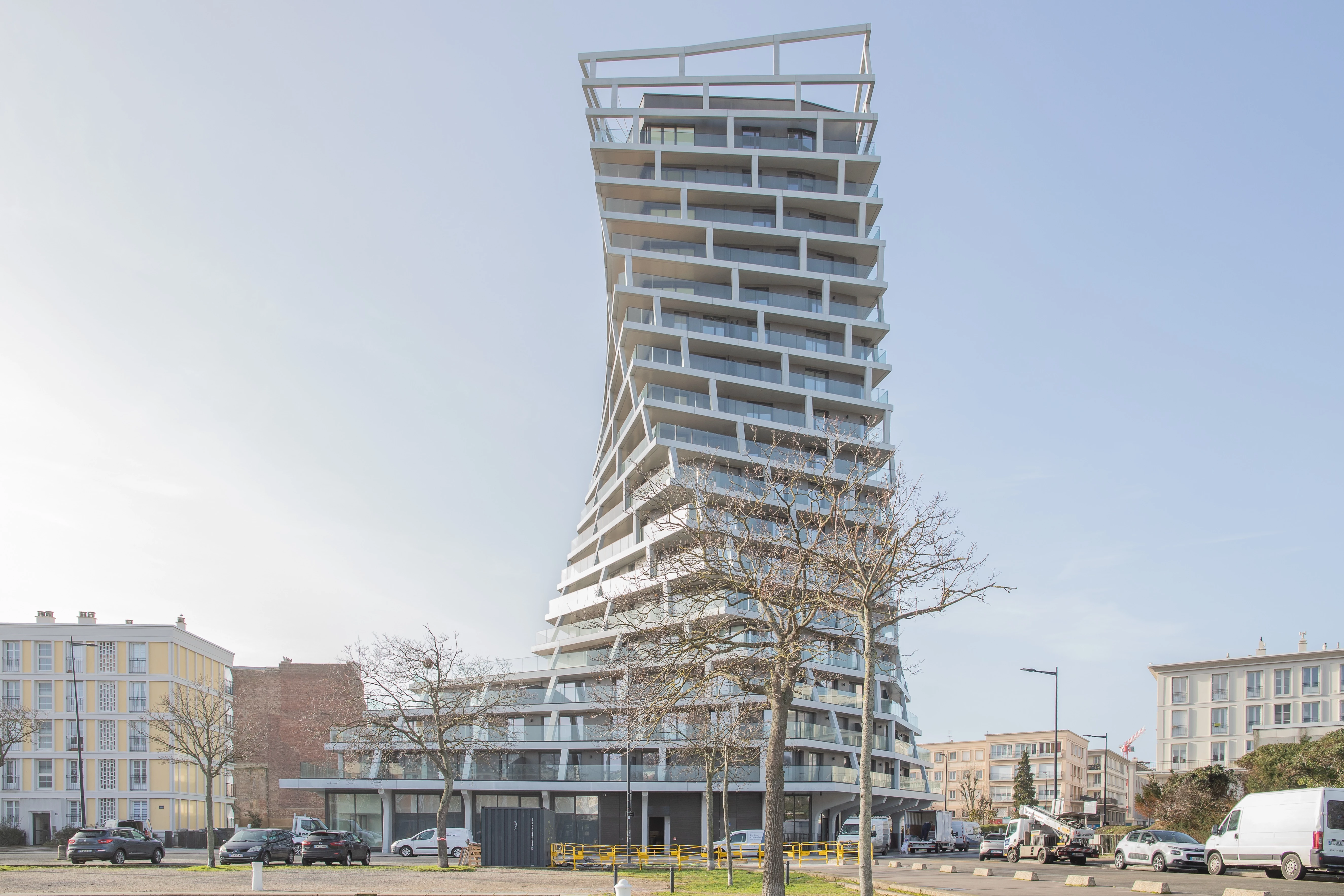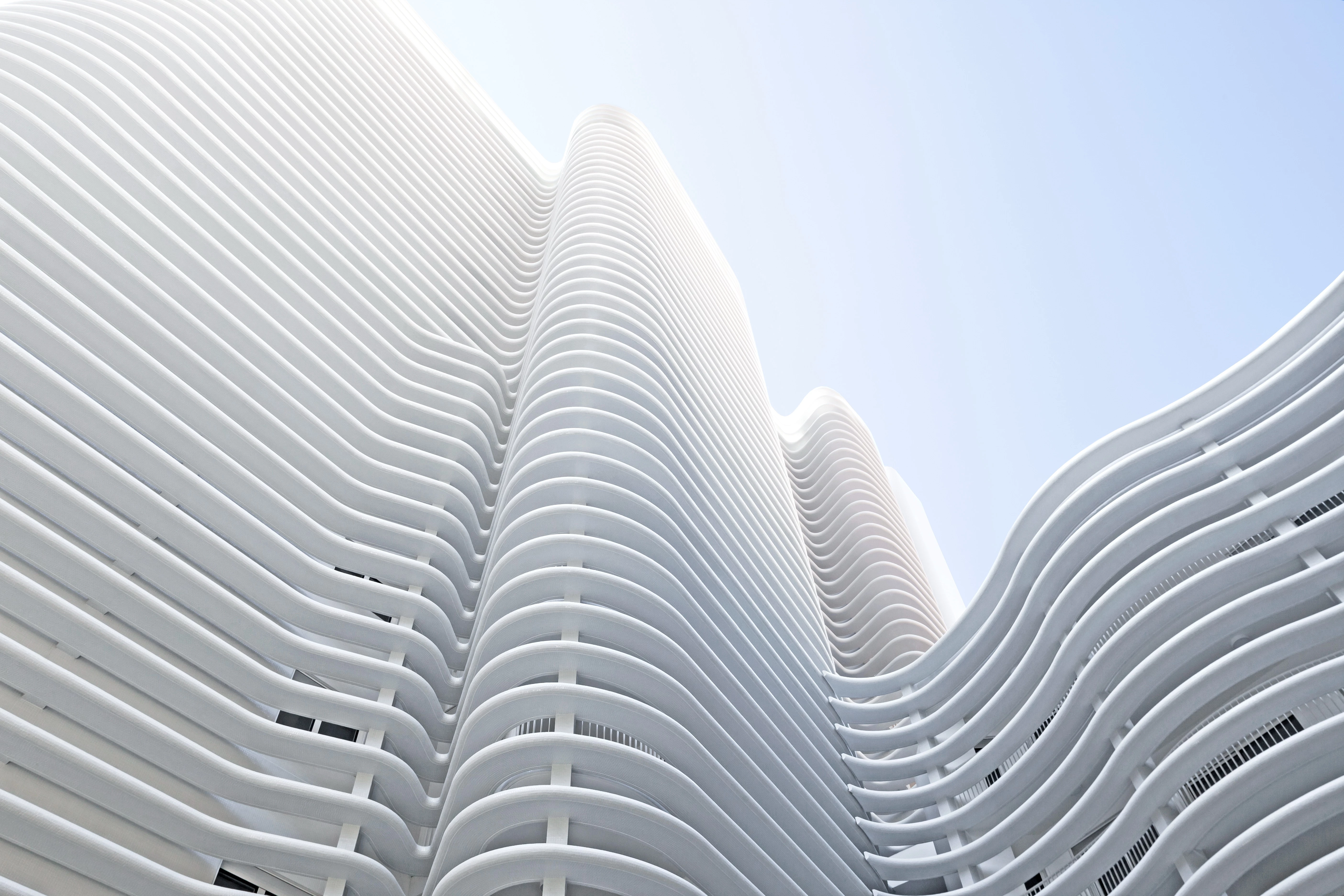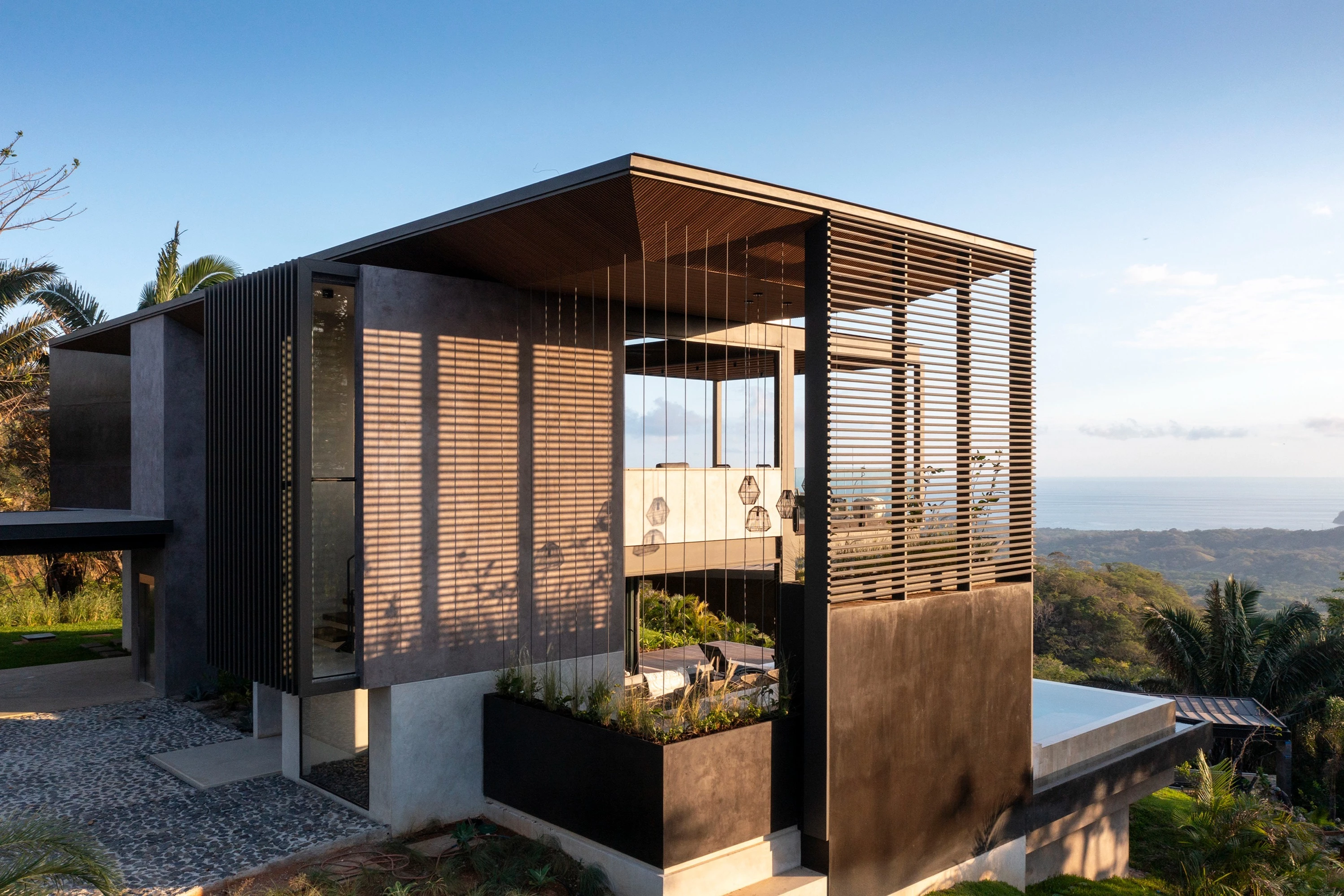加拿大卑詩省 黑崖別墅
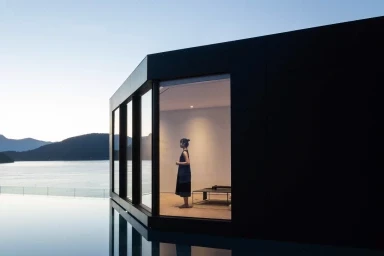
The BlackCliff House is situated on a granite rock rising 40 meters above the shoreline. This location is a geographical “half-way” point for a dispersed family who are intermittently working and living on multiple continents.
The home accommodates diverse living arrangements while connecting its inhabitants to the site’s abundant natural character. It is an expression of the client’s desire to create a gathering place for current and future generations while still being able to accommodate a smaller family unit. The house takes its cues from distinct and divergent topographical features: views and light to the southwest and the extreme contours that drop to the Salish Sea to the west. The house pivots around these two axes resulting in a shifting spatial geometry at the intersection of the main and upper floors which appears as a void in the middle of the site. The upper floor supports intimacy for a small family sleeping within a tight core while still being able to accommodate larger family units in outer lying “wings”. These two distinct areas of the building are connected externally by a shared outdoor terrace. A circulation spine that runs parallel to this void is located in the centre of the house to take advantage of the balanced light and vertical views that are made possible by the sectional cut.
The main floor living spaces are connected at the ground floor by outdoor and auxiliary spaces arranged along this cut. These spaces include a painting room floating above a reflecting pond at the entrance foyer on one end, and a bamboo courtyard off the family room, office and a tea room at the other end of the circulation spine. The courtyards allow for a deeply stacked program to get light and air without obstructing views nor natural light. The spatial experience of the house is both familiar and slightly disorienting—a result of the efforts to balance the relationship between the regular orientation of the steeply sloping ground and the off-axis orientation of light and vistas to create essential and intimate spaces at the core which have a strong connection to the outdoor environment.
位於加拿大卑詩省的黑崖別墅坐落在離海岸線四十公尺高的花崗岩上,對於家庭成員們不定期在多個大洲間工作和生活的業主來說,這個位置在相對地理上看來是個相當合適的「中間」點。
這座住宅提供了多元的生活方式,同時聯繫起人與當地自然間的關係,它不僅具體化了業主為現有及未來家庭成員們打造一個聚會場所的願望,同時也能容納一個小家庭在此舒適生活。設計師從當地獨特而分歧的地形特徵中汲取靈感,像是西南方的景觀與採光,已急西向薩利希海的極致輪廓。因此住宅以這兩個元素為軸發散,讓主樓層和上層樓層交匯處的空間幾何形狀產生形變,同時讓中間形成一個空白場域,即是建築物的上下兩層樓透過一處共享的戶外露台串連起來,而此處又有個平行於空白場域的旋轉立柱,用於渲染此處的均衡採光與縱向的觀景視角。
主要樓層的起居空間在一樓,由沿此切割立面框起的室外和輔助空間連接,這些空間包括一個位於大廳鏡面水池上方的畫室,以及位於旋轉立柱另一端的家庭房、辦公室、茶室與戶外的竹林庭院,在不妨礙景色或者自然採光的情況下,這個庭院通過層層堆疊的規劃方式,確保此區獲得充足的光照和通風。黑崖別墅給人一種熟悉,卻略帶迷失的空間感受,而這是努力平衡陡峭地形與遠景關係的結果,設計師成功創造重要又溫馨的生活場域,同時讓人與自然環境緊密相連。















Principal Designers:Matthew McLeod.Lisa Bovell
Structural Engineering:Ennova Structural Engineers Inc.
Contractor:Artwork Homes
Total Floor Area(㎡):1,000 m2
Principal Materials:black swisspearl panels.stained accoya wood slats.board-formed concrete
Principal Structure:concrete.steel.wood framing
Photos:Ema Peter
Text:McLeod Bovell
Collator:Grace Hung
主要建築師:馬修.麥克勞德 麗莎.博維爾
結構工程:Ennova Structural Engineers Inc.
施工單位:Artwork Homes
空間面積:1,000平方公尺
主要建材:黑色瑞士珍珠面板.染色木板條.板狀混凝土
主要結構:混凝土.鋼材.木材
影像:艾瑪.彼得
文字:麥克勞德.博維爾
整理:洪雅琪



